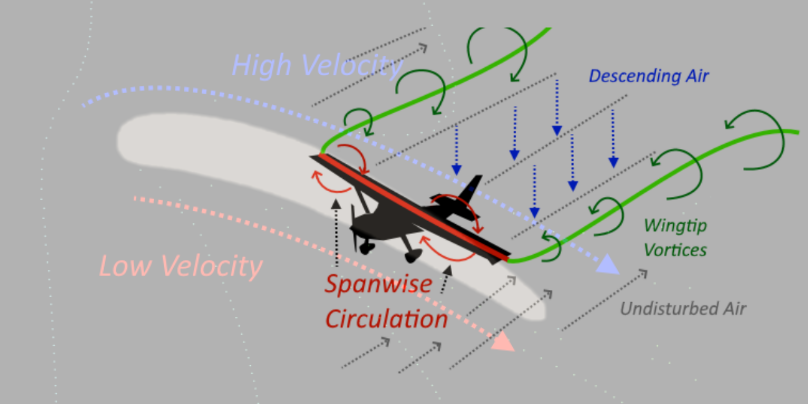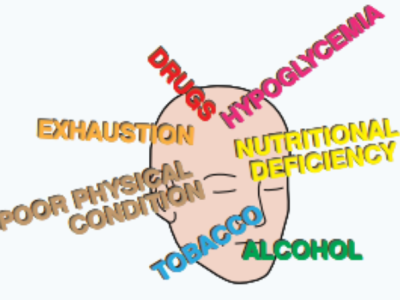
Task A - Human Factors
Lesson on physiological factors such as hypoxia, vision, and psychological factors which affect flight.

Task B - Visual Scanning and Collision Avoidance
Lesson on the proper techniques for collision avoidance, especially at uncontrolled airports.
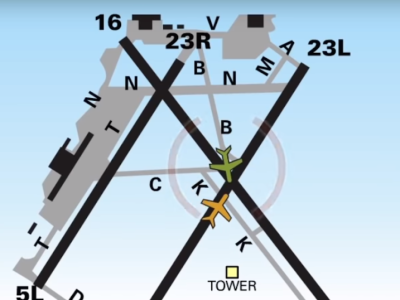
Task C - Runway Incursion Avoidance
Lesson on how pilots can avoid runway incursions.

Task D - Principles of Flight
Lesson on basic aerodynamics, how wings create lift, etc.
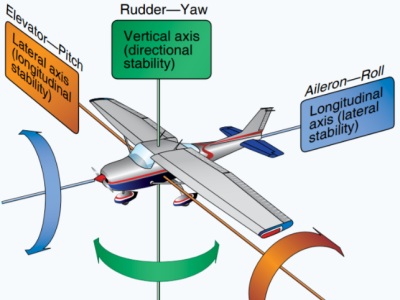
Task E - Airplane Flight Controls and Operation of Systems
Lesson on the types and purpose of the flight controls, as well as theory of operation for various airplane systems, including constant speed props, etc.
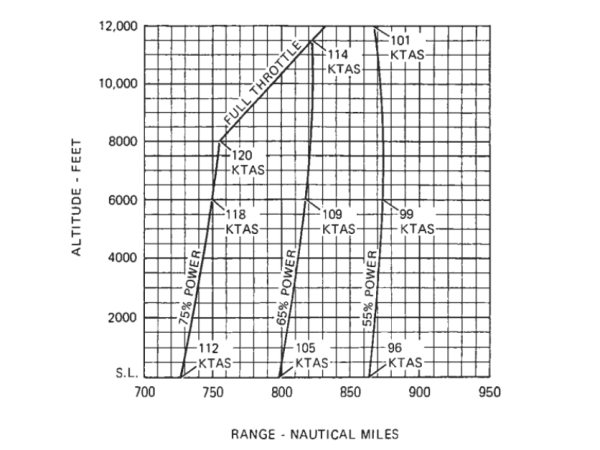
Task F - Performance and Limitations
The reasons behind weight and balance calculations and how they are performed. It also covers calculating airplane performance and other important limitations.
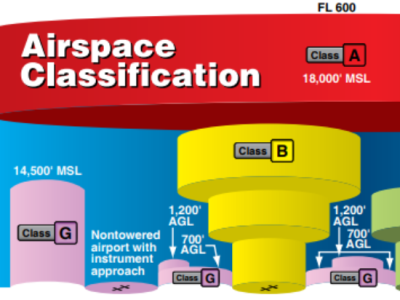
Task G - National Airspace System
Lesson on the NAS, the various classes of airspace, etc.
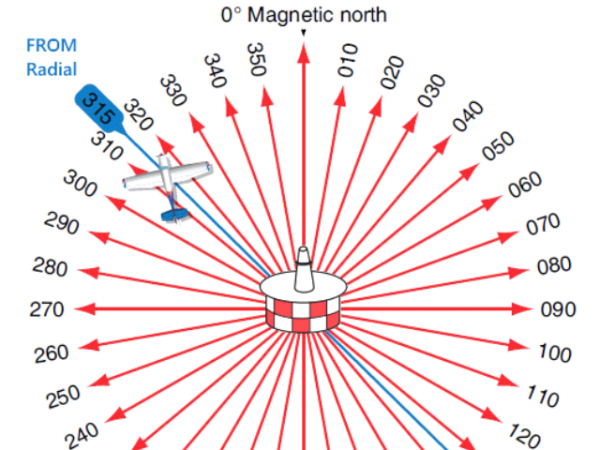
Task H - Navigation Systems and Radar Services
Lesson on the operating principles of various navigation systems, and an introduction to flight following and other ATC services.
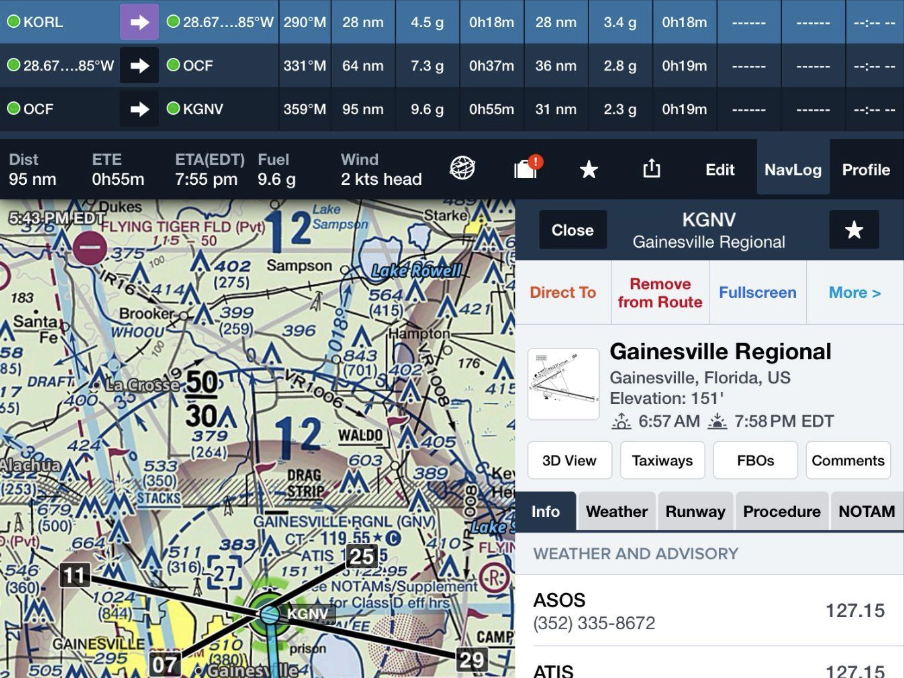
Task I - Navigation and Cross-Country Flight Planning
Cross-country navigation and flight planning, including weather, plotting a course, etc.

Task J - 14 CFR and Publications
Introduction to the FARs, the AIM, and other FAA publications.
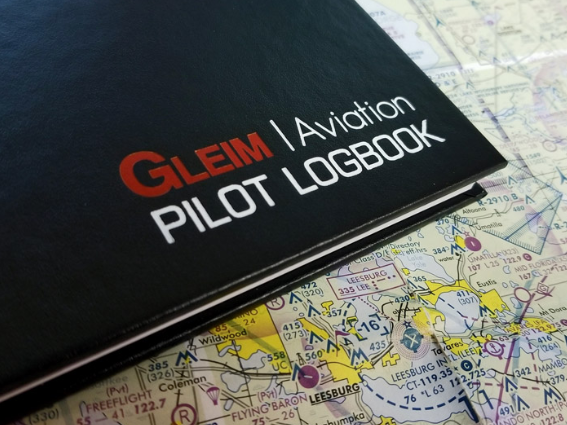
Task K - Endorsements and Logbook Entries
Lesson on the required logbook endorsements and other CFI record keeping requirements.
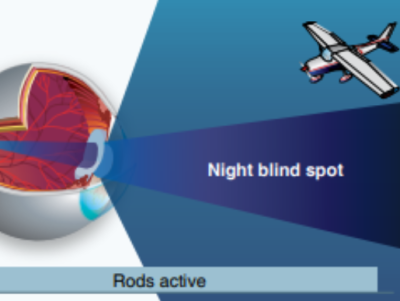
Task M - Night Operations
The factors and risks involved with night flying and how to operate safely after dark.

Task N - High Altitude Operations - Supplemental Oxygen
Lesson on topics such as oxygen masks, and oxygen requirements.

Task O - High Altitude Operations - Pressurization
Lesson on high-altitude operation in pressurized aircraft.
